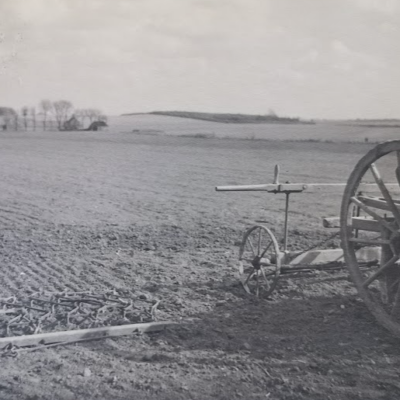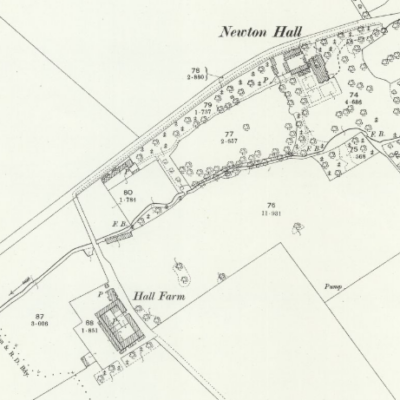Search by topic
- archaeology
- Building of Local Interest
- charity
- church
- crime
- dressmaker
- fire
- Great Eastern Railway
- Listed building
- Mapping Relief
- medieval
- oral history
- poverty
- Public House
- Rattee & Kett
- Religious House
- Roman
- scholar
- school
- Then and Now
- tudor
- women
- work
- world war one
- world war two
Search by text
The Swann Mansion, Newton
History of the Swann Mansion
The 1837 survey shows no building s between the cross roads and Coach House Lane. The buildings here were put up circa 1850s to 1860s at the time of the rebuilding of the manor House.
However circa 1790 there would have been Swann Mansion, sometimes known as Newton House. Robert Swann built the house in the first half of the 17th cent. Robert was also owner of Docwra’s Manor in Shepreth. It was made of brick which was considered remarkable at the time. It was sold in 1795 and later demolished.
The Swann family were prominent in Newton from the 16th until the 18th centuries. There is a marriage from 1561 and the death of Martha Swann, a widow aged 91, in 1768.
The Stevenson family married into the Swann. John Stevenson, baptised in Hauxton in 1699, married Elizabeth Swann of Newton. John died in 1747 and Elizabeth remarried, her husband’s cousin, the Rev William Benning. Elizabeth died in 1762 and her eldest son, Robert Stevenson, went to court successfully to get the family property back from William Benning. There is a memorial to Robert Stevenson in the church. The antiquary, William Cole, was a friend of John Stevenson. Robert Stevenson died in 1792 and the sale and demolition took place soon after.
Contribute
Do you have any information about the people or places in this article? If so, then please let us know using the Contact page or by emailing capturingcambridge@
License
This work is licensed under CC BY-NC-SA 4.0







